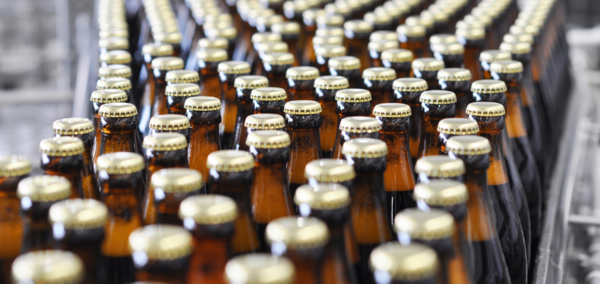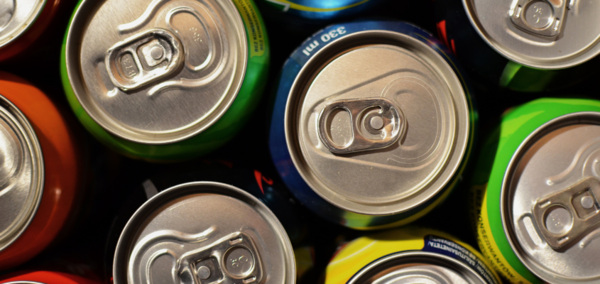The global beer packaging market is expanding steadily: from around USD 25.66 billion in 2024, it is expected to reach USD 32.36 billion by 2030, with a CAGR of 4.0% (source: Grand View Research).
Another study shows a similar trend: from USD 25.80 billion in 2024 to USD 39.31 billion by 2034, with a CAGR of 4.3% (source: towardspackaging.com).

Cans vs. bottles: which protects beer better?
Aluminum cans offer significant advantages over glass bottles:
-
Superior protection against light, oxygen, and moisture, all of which compromise aroma and freshness.
-
Lightweight, shatterproof, easy to transport, and no bottle opener required—ideal for e-commerce and modern markets.
Sustainability and logistics: aluminum comes out on top
Packaging materials strongly influence environmental impact:
-
Switching to aluminum packaging reduces the product footprint by an average of 12%, and up to 15% in production cycles (source: Global Market Insights Inc.).
-
Cans contain 3 to 20 times more recycled material than glass or PET, making recycling more profitable and widespread (source: Beer CPA).
-
In 2023, in the United States, 64.1% of beer sold was packaged in cans, compared to 26.9% in glass bottles (source: packagingdive.com).

Trends for the coming years
The beer packaging market is set to follow an expansive trajectory:
-
Between 2024 and 2030, growth is projected from USD 24.8 to 41.2 billion by 2035, with a CAGR of 4.7% (source: Future Market Insights).
-
Premium packaging, sustainable solutions, and the rise of e-commerce will be the main drivers of this expansion.
Challenges and opportunities: tariffs and supply
Despite its environmental advantages, aluminum remains exposed to trade policy volatility. In the US, tariff increases of up to 50% risk impacting can costs, although the widespread use of recycled aluminum—not subject to duties—mitigates risks for producers.
Glass packaging, on the other hand, remains more expensive to transport, reinforcing the long-term resilience of cans.
PUBLICATION
04/09/2025
















